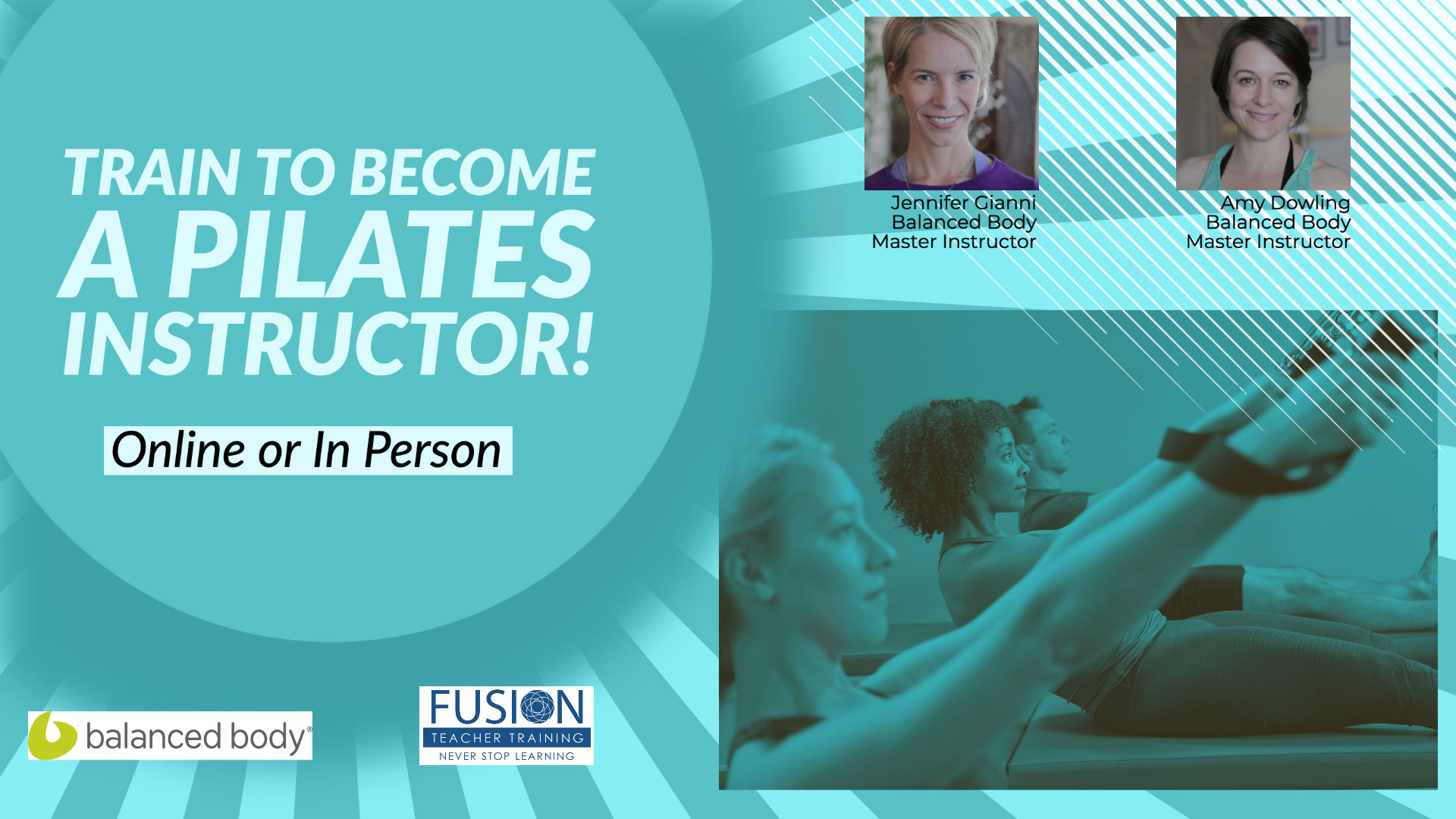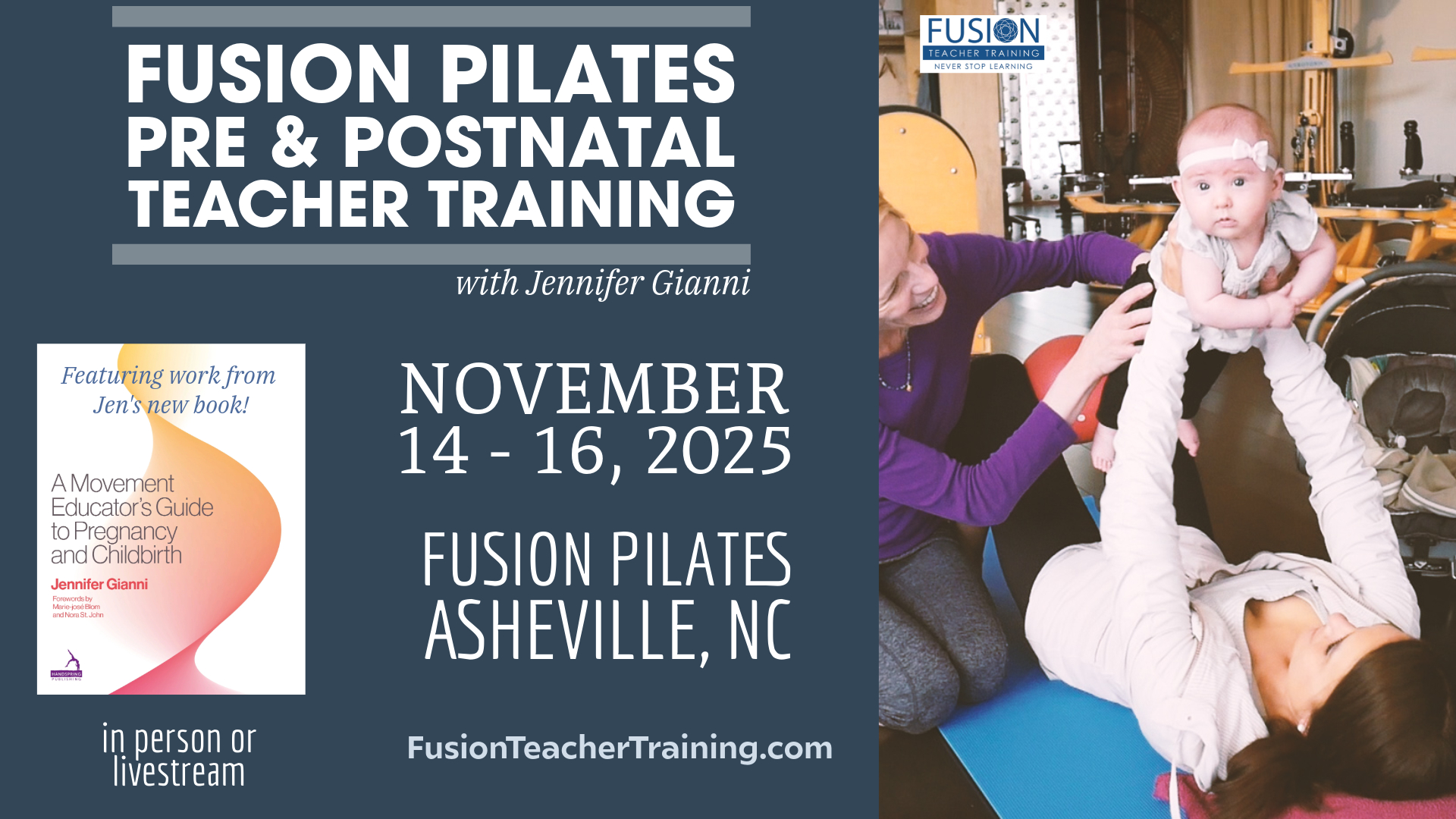 Our Core Muscles (those that literally hug the bones of our spine) stabilize and protect the spine, but the outer Global Muscles create the actual movement, such as an abdominal curl or rotation. (For more info on the Global Muscles, see the entry “Pilates Foundations: Core Activation.”) The Core and Global systems have to marry to advance into the higher levels of Pilates exercises.
Our Core Muscles (those that literally hug the bones of our spine) stabilize and protect the spine, but the outer Global Muscles create the actual movement, such as an abdominal curl or rotation. (For more info on the Global Muscles, see the entry “Pilates Foundations: Core Activation.”) The Core and Global systems have to marry to advance into the higher levels of Pilates exercises.
As we begin to explore some higher-level exercises, don’t forget about your foundational exercises. Always use them as your warmup. Also, be sure not to push yourself prematurely into the higher-level exercises. It takes a certain amount of time for most of us to learn to use our muscles in a way that supports rather than stresses the spine. There’s no hurry. Take the time you need.
Our goal is to go beyond our foundation work into some higher-level exercises which will continue to strengthen and stabilize our spines to relieve and prevent low back pain.
We have looked at the seemingly simple foundational Pilates exercise, Marching, to build stability and strength in and around the lumbar spine. If you have been practicing this exercise and others like it and feel confident in moving on, try these more advanced exercises.
Exercise: The Classical Hundreds (see modifications below)
This is the Pilates staple exercise and is usually done at the beginning of class to warm up and invigorate the body.
• Start by lying on your back, legs long and together (feet parallel or turned out) and arms by your side.
• On a long exhale, roll the head and shoulders up to look at your belly as you lengthen the arms and hover the legs above the floor. The feet in this advanced position should be in line with the hips.
• Hold that position and keep your head, torso, hips, and legs as is. Don’t let them move.
• Start to vigorously pump the arms from the shoulder. Keep the arms straight as you pump, as if splashing in water.
• Take a long inhale for five pumps of the arms and a long exhale for five pumps. This is considered one set.
• In the advanced hundreds, you do ten sets.
This advanced version will become possible in time, but if you have any acute back pain or if you know that when you push yourself you aggravate your lower back, stick with the following tips to modify the classical Pilates Hundreds exercises. In other words, if you’re the type who gardens all day, mountain bikes until the sun goes down, or generally goes beyond what is good for your body, please don’t push yourself. Take a look at the modifications below, and ease into it slowly. It’s not a competition.
Modifications to The Classical Hundreds
a. Bend your knees and place your feet flat on the floor.
b. Bend your knees and raise your feet off the floor into a table-top position. (To position your legs in table-top, bend your knees so that your thighs and calves create a right angle. Then hover your calves parallel to the floor.)
c. If you extend the legs, position them higher up and further from the floor, closer to a ninety-degree angle instead of a forty-five degree angle to the floor. The higher the legs, the less challenging this exercise will be on the belly and lower back. It will make it easier for you to stabilize.
d. Do only four to five sets of the pumps. Remember, in Pilates it’s always quality, not quantity.
If your head is bobbing up and down with the pump of the arms, this is an indication that you’re not stabilizing correctly. Only the arms should be moving! In this case, please use the modifications until you are ready to move on.
~ by Jennifer Gianni




Leave A Reply (1 comment So Far)
Please - comments only. All Pilates questions should be asked in the Forum. All support questions should be asked at Support.
You must be logged in to post a comment.
it is called the ‘hundred’ – singular not plural